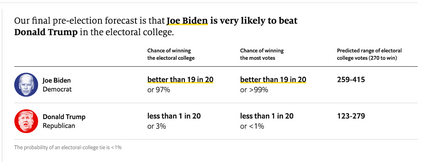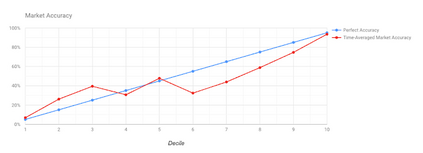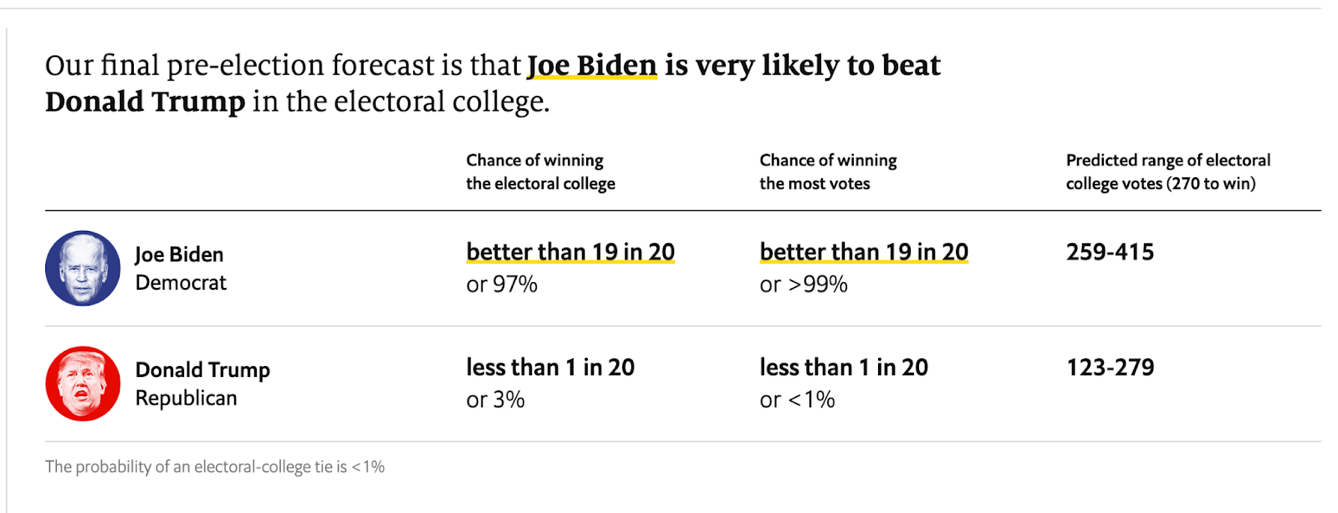Without the ability to estimate and benchmark AI capability advancements, organizations are left to respond to each change reactively, impeding their ability to build viable mid and long-term strategies. This paper explores the recent growth of forecasting, a political science tool that uses explicit assumptions and quantitative estimation that leads to improved prediction accuracy. Done at the collective level, forecasting can identify and verify talent, enable leaders to build better models of AI advancements and improve inputs into design policy. Successful approaches to forecasting and case studies are examined, revealing a subclass of "superforecasters" who outperform 98% of the population and whose insights will be most reliable. Finally, techniques behind successful forecasting are outlined, including Phillip Tetlock's "Ten Commandments." To adapt to a quickly changing technology landscape, designers and policymakers should consider forecasting as a first line of defense.
翻译:没有能力估计和基准传统AI能力的提升,组织将只能针对每个变化做出反应,从而阻碍其建立可行的中长期战略。本文探讨了预测的最近增长,这是一种政治科学工具,它使用明确的假设和定量的估算,从而实现了更好的预测精度。集体层面上进行预测,可以确定并验证人才,使领导人能够建立更好的AI能力模型,并提高设计方针的输入。本文考察了成功的预测方法和案例研究,揭示了一个子类别的“超级预测者”,他们的表现优于98%的人口,他们的见解将是最可靠的。最后,概述了成功预测的技巧,包括菲利普·特特洛克的“十条戒律”。为了适应快速变化的技术形势,设计师和政策制定者应将预测视为第一道防线。





